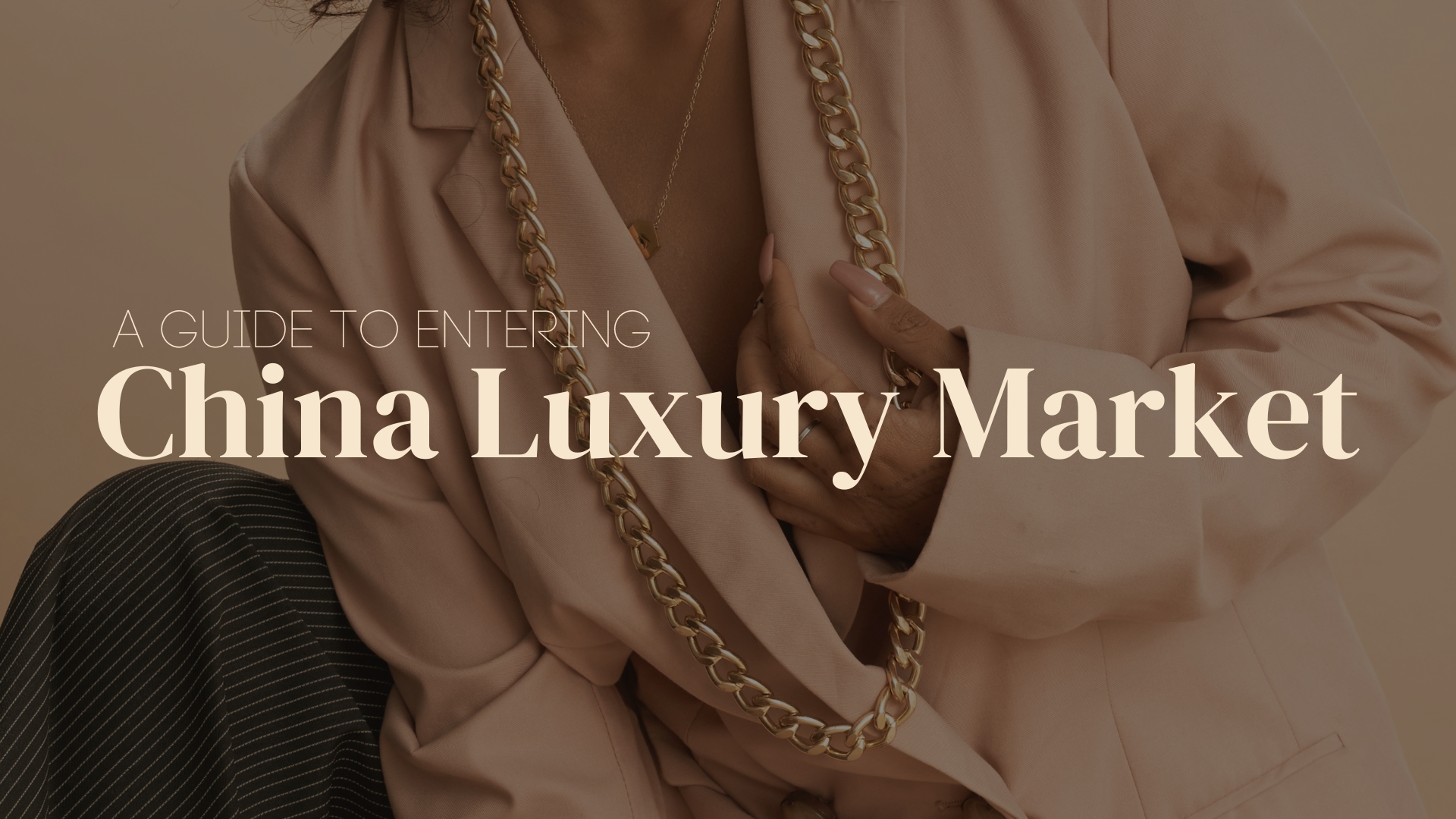China has become the world’s second-largest market for luxury goods, with consumers spending a whopping $53.61 billion on luxury goods in 2022 alone. This represents incredible sales growth despite the recent economic downturns and market contractions globally.
The Chinese luxury industry is now showing signs of recovery, boosting optimism for those looking to enter it. We predict a strong growth of luxury in China in the upcoming years. However, entering the China luxury market can be challenging due to cultural differences and unique consumer preferences that must be understood before success can be achieved.
In this blog post, we’ll explore everything you need to know about conquering the China luxury market — from its size and nature to building a successful strategy and understanding Chinese consumer behavior — so that you too can tap into this lucrative industry.
Understanding The Chinese Luxury Fashion Market
The luxury market in China revolves around high-end products and exceptional services that cater to the sophisticated tastes of affluent individuals. In this exclusive domain, prestige, and reputation take center stage, with an emphasis on well-established global brands known for offering unparalleled quality, design, and craftsmanship.
In 2022 alone, China’s luxury consumption skyrocketed to $53.61 billion, accounting for an impressive 25% of the global market – second only to the US.
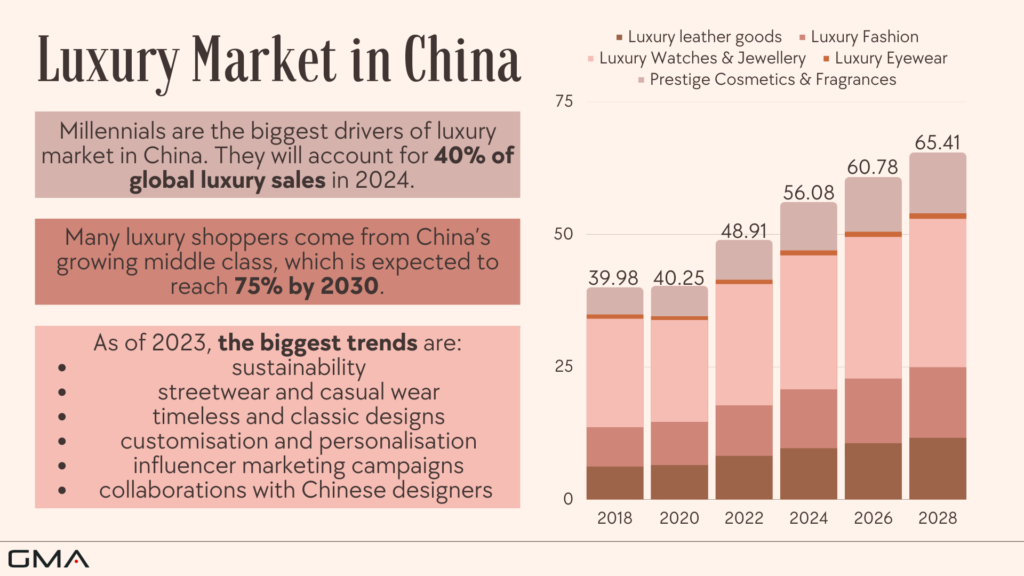
As you can see above, the category of personal luxury goods that generates the most luxury sales in recent years (which is no different also for 2023 and forward) are luxury watches and jewelry, accounting for almost half of the overall luxury sales.
When examining this thriving industry more closely, we come across some interesting insights regarding consumer preferences and major players shaping the landscape. To give you an idea of just how influential Chinese consumers are in the world of high-end fashion, they contribute approximately 33% of overall luxury spend globally.
Consumer Behavior And Preferences In The Fashion Industry
Watches and jewelry are the most preferred luxury goods among Chinese consumers, followed by fashion items and cosmetics & fragrances. Watches and jewelry are important status indicators in China and Chinese luxury consumers pay close attention to the most high-end brands and their offerings.
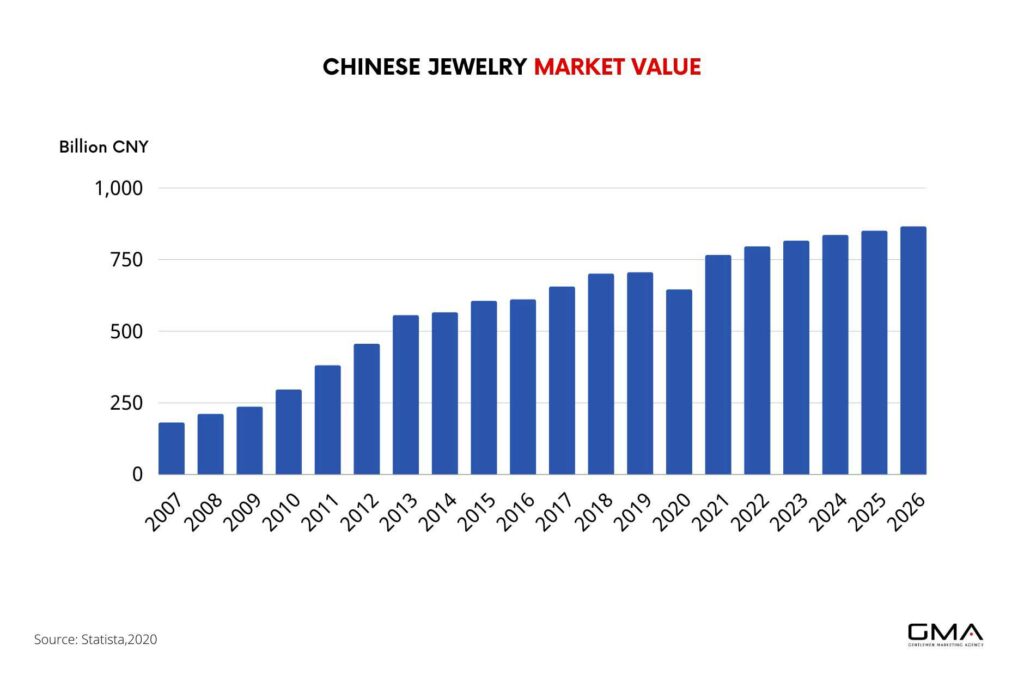
Additionally, cultural differences play a significant role in purchasing decisions for luxury items. For example, luxury brands should be mindful of traditional symbols and color schemes associated with good luck or prosperity when designing their products for this market.
Latest Trends In The Chinese Luxury Fashion Market
Identifying recent trends in the Chinese and global luxury sector is one of the most important parts of entering the market, especially when it comes to Mainland China, where customer preferences differ from those known in the Western world. Here are some of the latest trends driving the luxury growth in China market:
1. Sustainability has become a new focus for many luxury brands due to the growing consumer demand for ethical and eco-friendly products.
2. Streetwear and casual wear are becoming increasingly popular among China’s younger consumers, shifting away from traditional formal and opulent styles.
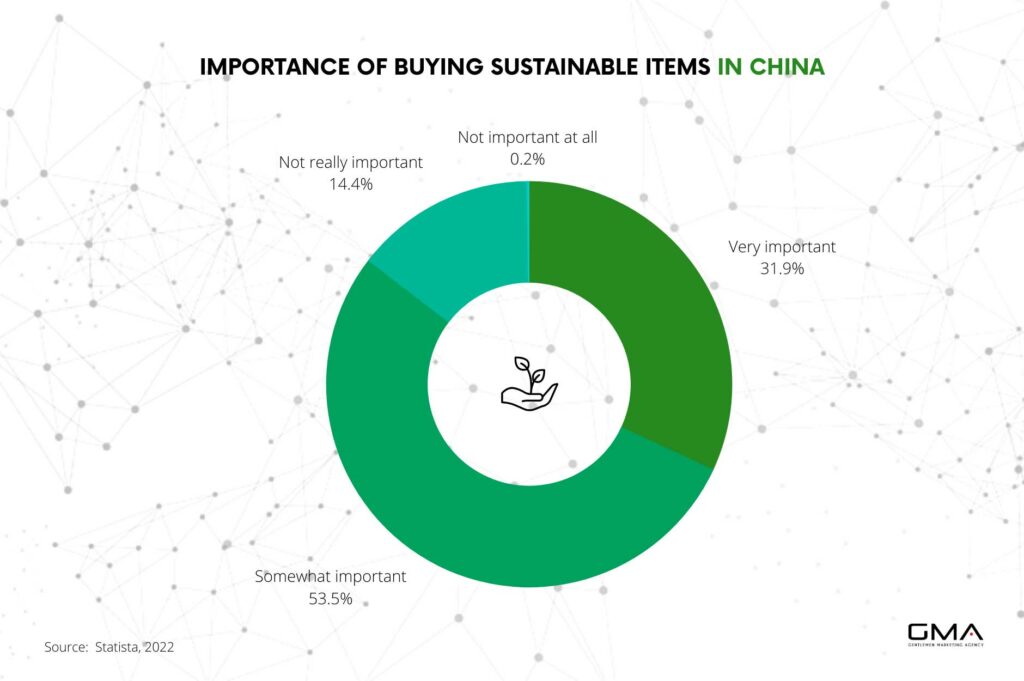
3. Timeless and classic designs like Cartier’s Love Bracelet and Hermès’ Birkin bag remain popular among Chinese consumers, despite the rise of streetwear.
4. Collaborations between high-end luxury brands and local designers or celebrities have become more common as a way to appeal to Chinese consumers.
5. Customization and personalization services are gaining popularity as added value for luxury purchases, giving customers a unique experience.
6. The use of influencers in marketing campaigns continues to be an effective strategy for reaching younger consumers with strong spending power in China.
These trends demonstrate the constantly evolving nature of the luxury fashion market in China, with brands needing to adapt their strategies to stay relevant in this lucrative industry.
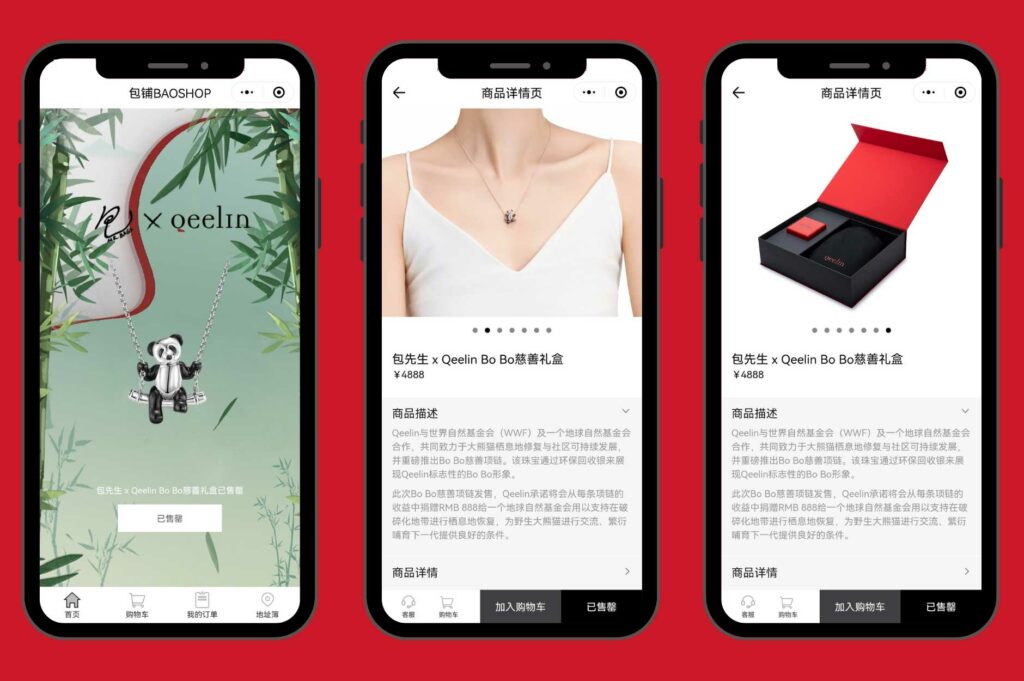
Major Players In The Chinese Luxury Fashion Market
The Chinese luxury fashion market is dominated by several top-tier brands known in the global luxury market, with many enjoying immense popularity and success in the country. These major players have established themselves as the go-to options for wealthy Chinese consumers looking to make a statement with their fashion choices. Let’s take a look at the current top five luxury fashion brands in China:
| Rank | Brand | Description |
|---|---|---|
| 1 | Chanel | Regarded as the epitome of elegance and sophistication, Chanel is a beloved brand in China. Known for its iconic handbags, clothing, and accessories, Chanel has managed to maintain a devoted following among Chinese fashion enthusiasts. |
| 2 | Hermès | With its signature Birkin and Kelly bags, Hermès has captured the hearts of Chinese consumers. The brand’s commitment to craftsmanship and exclusivity has made it a favorite choice among the country’s affluent shoppers. |
| 3 | Gucci | Gucci’s bold designs and unique aesthetic have earned it a strong following in China. From its signature monogrammed handbags to its eclectic clothing line, Gucci’s offerings appeal to a wide range of Chinese luxury shoppers. |
| 4 | Dior | Known for its elegant and feminine designs, Dior has established itself as a leading luxury brand in China. Its exquisite clothing, bags, and accessories appeal to Chinese women seeking a refined and sophisticated look. |
| 5 | Louis Vuitton | As one of the most recognizable luxury brands in the world, Louis Vuitton enjoys tremendous success in the Chinese market. Its iconic monogrammed bags, clothing, and accessories are highly sought after by Chinese consumers looking to make a bold fashion statement. |
These major players have made significant strides in the Chinese luxury fashion market, and their presence continues to grow. With China being the second-largest luxury market in the world and boasting a 26% growth rate in luxury spending, it’s no wonder these brands are fiercely competing to capture the attention of the country’s affluent consumers.
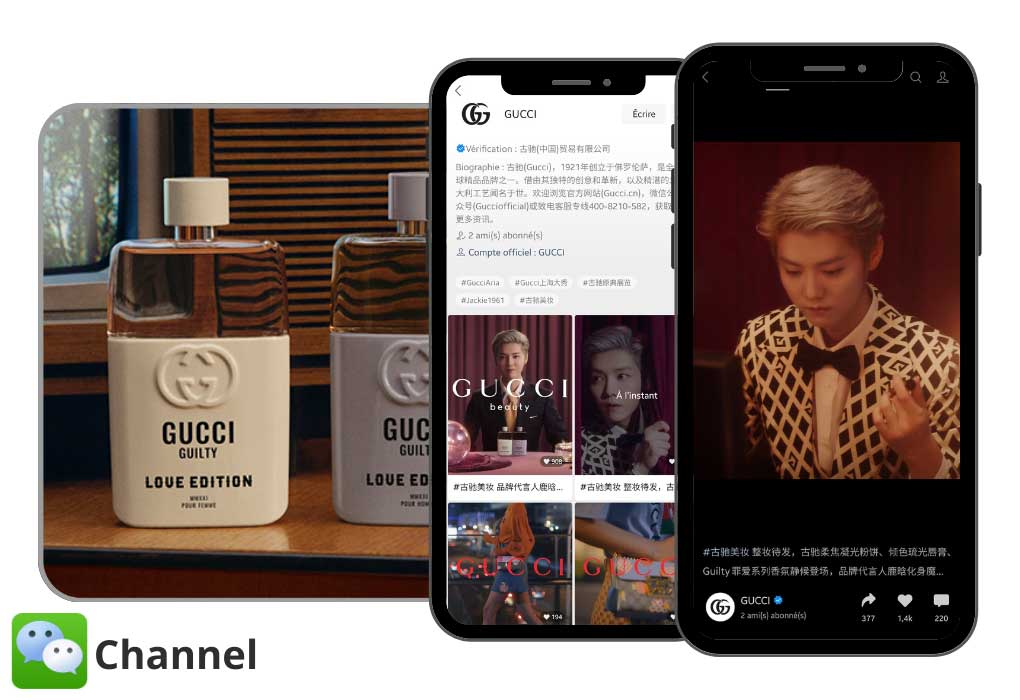
Building A Successful Strategy For Entering China Luxury Market
To effectively enter the Chinese luxury fashion market, it is essential to conduct thorough market research and analysis, carefully position your brand messaging, create a strong online presence through a Chinese website and Baidu SEO, choose appropriate distribution channels, utilize Chinese social media platforms for effective marketing and influencer partnerships, leverage virtual reality technology and gamification strategies when possible, while also remaining sensitive to cultural differences for optimal localization.
Market Research And Analysis
It’s essential to understand your target customers – their demographic, preferences, habits, and behaviors in terms of purchasing luxury goods.
For instance, young Chinese consumers are a growing group in this space, with unique consumption patterns and different expectations from older generations. This demographic is also very active on social media platforms such as WeChat and Douyin/TikTok and prefers to go for online luxury shops.
Additionally, it’s important to pay attention to the concentration of very important clients (VICs) in China’s luxury market; these individuals account for a significant portion of the revenue generated by high-end brands.
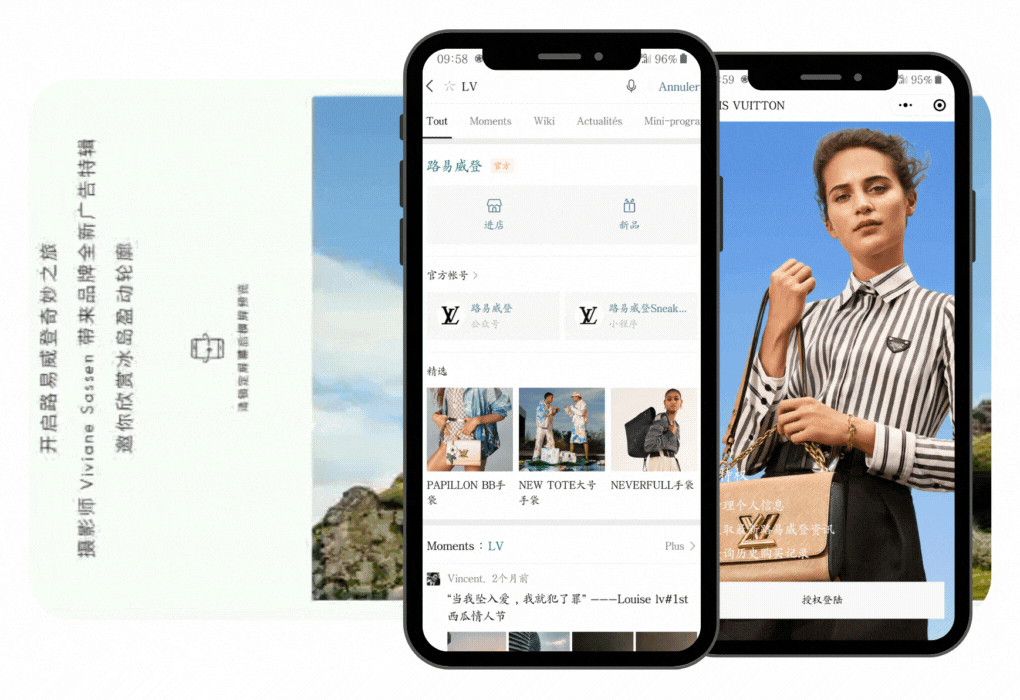
Brand Positioning And Messaging For The Fashion Industry
When targeting the Chinese luxury market, brand positioning and messaging are critical components of a successful strategy for entering the fashion industry. It’s essential to differentiate your brand from competitors and appeal to the interests and values of Chinese consumers.
For example, Louis Vuitton’s “Volez, Voguez, Voyagez” campaign emphasizes its history as a luxury travel brand while incorporating storytelling elements that resonate with younger audiences.
By focusing on strategic branding practices based on cultural sensitivity alongside targeted segmentation strategies specific to the diverse consumer groups in China using available data analytics tools like Baidu SEO or competitor analysis can help you create a strong presence in this lucrative market sector.
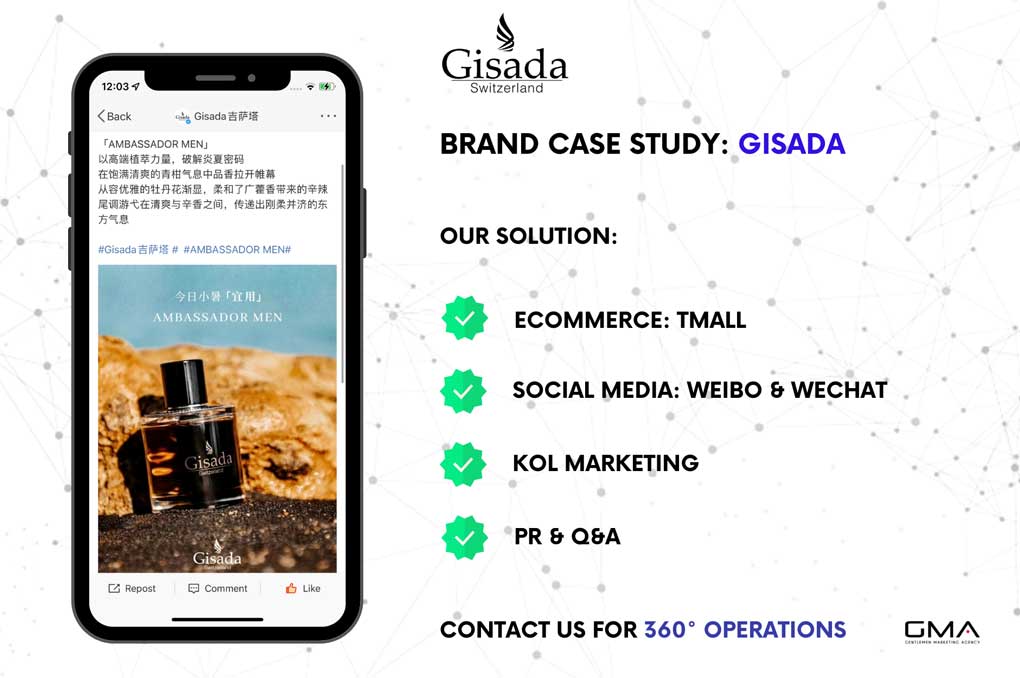
Creating An Online Presence For the Fashion Industry: Chinese Website And Baidu SEO
To create a successful strategy for entering this market it’s important to develop a localized Chinese website. It’s essential to have a dedicated website tailored to the Chinese market. This can improve user experience and search engine ranking in Baidu.
The next step would be to optimize your website for Baidu. Baidu is the dominant search engine in China, so optimizing your website for SEO is critical. Tactics include optimizing meta descriptions and titles, improving page load speed, and ensuring mobile responsiveness.
Together, these strategies can help foreign luxury brands build their reputation and increase visibility among Chinese consumers who are eager to engage with top-quality fashion products from around the world.
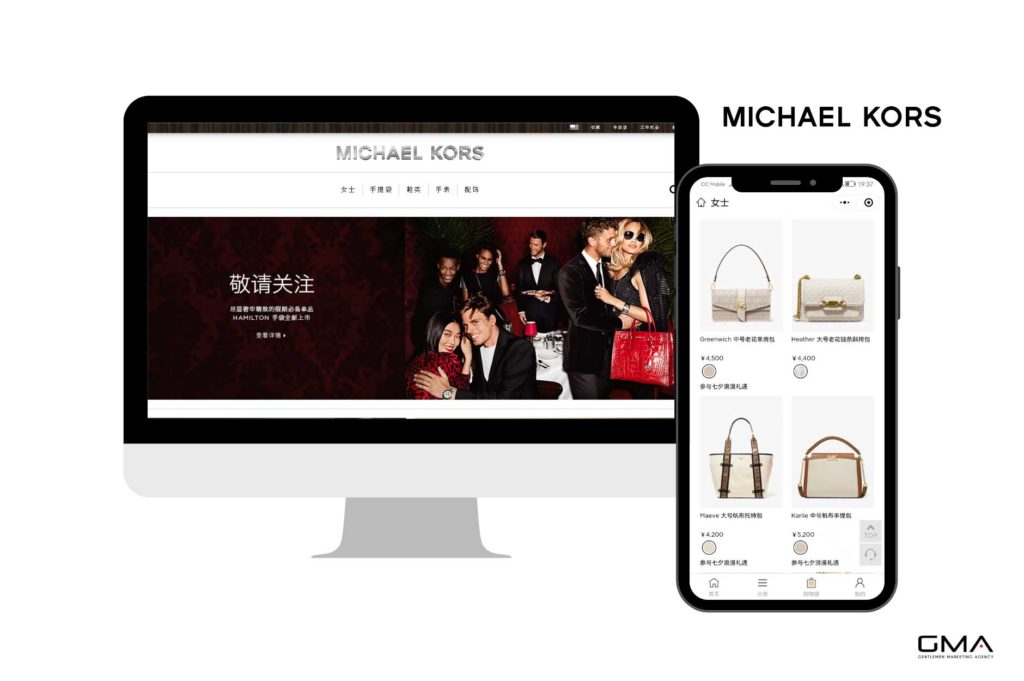
Choosing The Right Distribution Channels
When it comes to entering the Chinese luxury fashion market, choosing the right distribution channels is crucial for success. The most common distribution channels in China include authorized dealerships, flagship stores, and online marketplaces like Tmall (especially Tmall Luxury Pavillion) and JD.com.
For example, while online marketplaces can offer broader reach and lower costs compared to physical storefronts, they may also lead to dilution of the brand image due to intense competition.
Alternatively, selecting a high-end shopping center with affluent foot traffic could help you establish your brand as an aspirational choice among wealthy households that are driving growth in luxury retail sales in China.
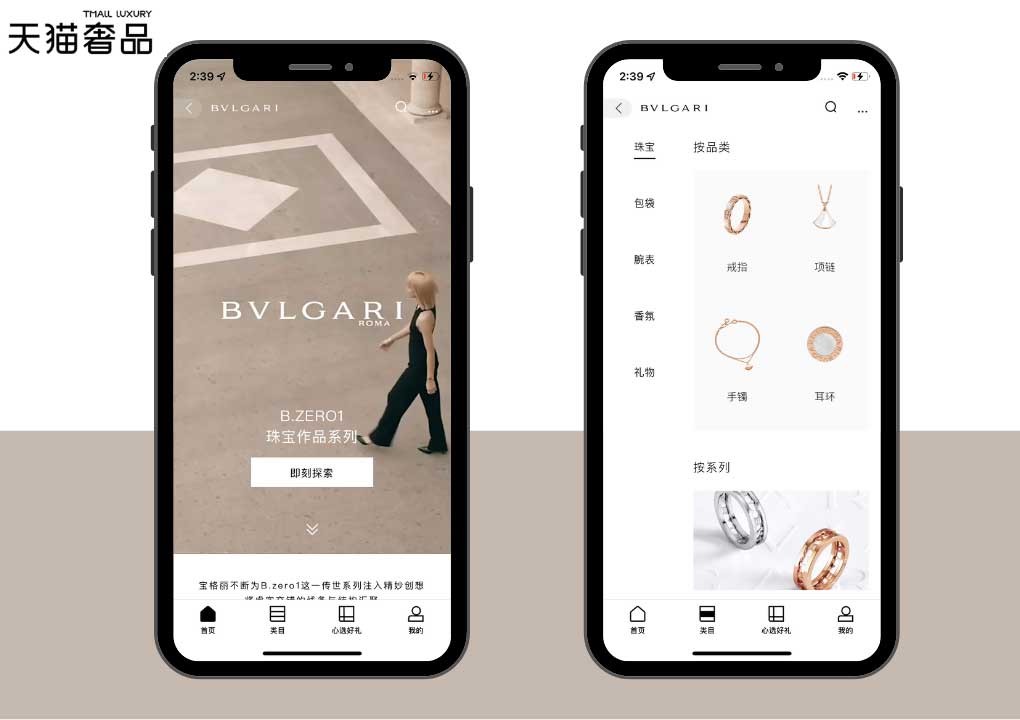
Leveraging Chinese Social Media Platforms For Fashion Industry
Chinese social media platforms are crucial tools for luxury brands looking to succeed in China. As a result, it is essential to leverage these platforms when building a successful strategy for entering the Chinese luxury fashion market. Below are key steps to take advantage of Chinese social media platforms:
1. Utilize WeChat Official Accounts: Luxury brands can set up WeChat Official Accounts to interact with consumers, share content, and promote their products.
2. Use Influencer Marketing: Collaborating with well-known influencers or Key Opinion Leaders (KOLs) on Chinese social media platforms can help luxury brands reach new audiences and gain credibility.
3. Create Video Content: Creating engaging video content that aligns with your brand’s philosophy can help establish a deeper connection with Chinese consumers.
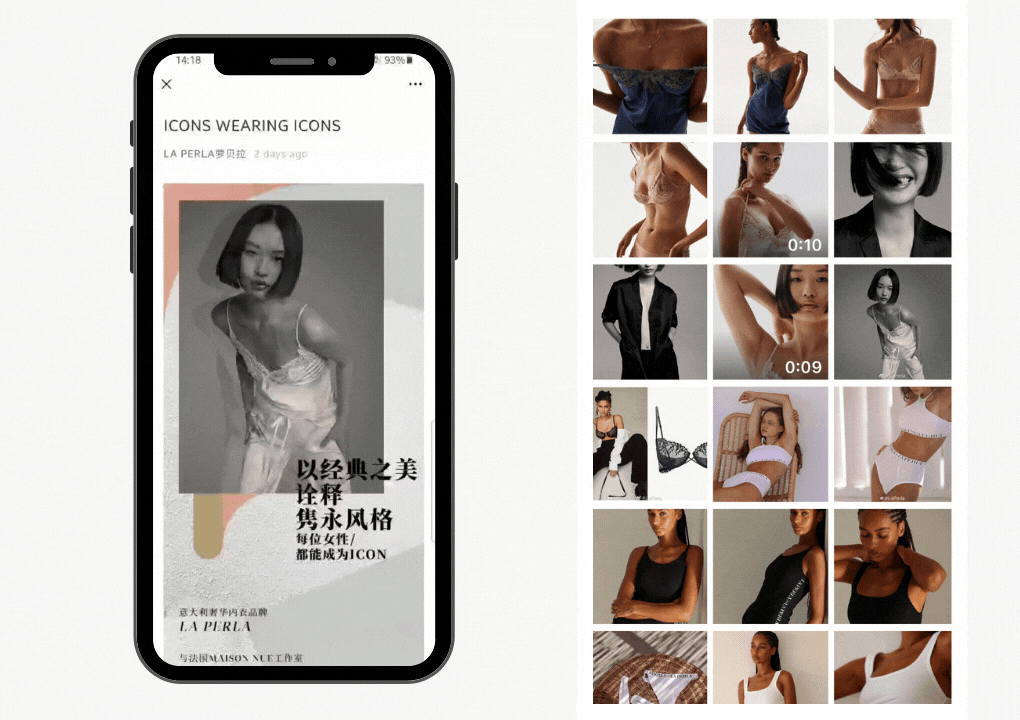
4. Use Social Listening: Staying up-to-date on feedback from consumers through social listening tools can help luxury brands understand consumer behavior and preferences better.
5. Leverage live-streaming functions: Live streaming is one of the most popular marketing options that speeded up especially in 2021 and 2022 during COVID-19 lockdowns.
By leveraging Chinese social media platforms like WeChat, leveraging influencer marketing, creating video content, optimizing for Baidu SEO, and using social listening, luxury fashion brands can significantly increase their visibility and success in the competitive Chinese market.
Influencer Marketing For Fashion Industry
Influencer marketing becomes an increasingly popular strategy for luxury fashion brands looking to establish themselves in the Chinese market.
With over one billion social media users, China represents a vast potential customer base that is highly receptive to digital marketing tactics. In this context, influencers can provide an effective way to reach targeted audiences and build brand awareness among consumers who are likely to make luxury purchases.
However, it is crucial for brands entering the Chinese market to select influencers carefully and ensure that they align with their values and messaging.
Furthermore, virtual influencers are gaining popularity in China as well as neighboring markets like Japan- providing additional opportunities for brands operating in this space.

The Use Of Virtual Reality, Metaverse, And Gamification In Luxury Fashion
As the Chinese luxury fashion market becomes increasingly competitive, luxury brands are turning to digital technologies such as virtual reality, metaverse, and gamification to differentiate themselves from their competitors.
These immersive experiences offer customers a unique way of engaging with brands that traditional marketing channels struggle to replicate. For instance, Gucci’s recent collaboration with Roblox enabled users to interact with its products in a virtual environment while attending exclusive events hosted by the brand.
Moreover, NFTs have become an important part of luxury brands’ digitalization strategy. By leveraging non-fungible tokens (NFTs), luxury brands can expand their virtual offerings further.
For example, Bvlgari created six unique NFT pieces inspired by Rome’s architecture for crypto-art auction house ArtGrails last month that sold out within minutes of going live on OpenSea.
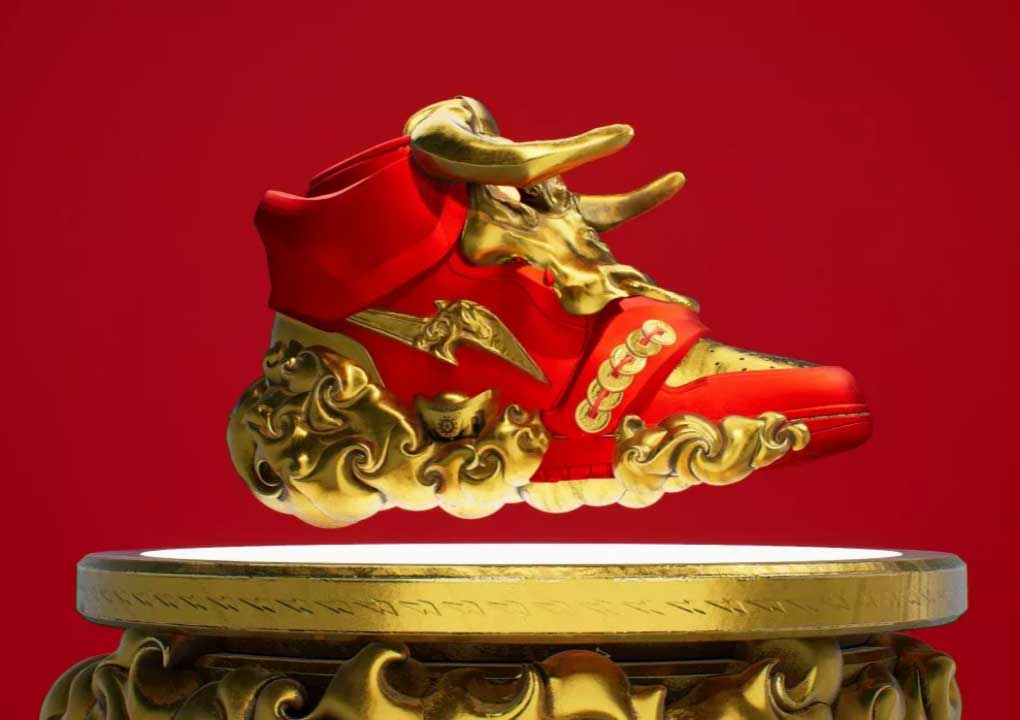
Successful Case Studies In The Chinese Luxury Fashion Industry
We’ve analyzed successful case studies in the Chinese luxury fashion industry to identify instructive elements that can help brands succeed. Here are four examples:
Burberry
Burberry prioritized digital innovation early on and was one of the first luxury brands to launch a social media account on WeChat.
They partnered with Tencent in 2018 to create an interactive mini-program for their Chinese New Year campaign.
By focusing on digital engagement, Burberry was able to appeal to younger Chinese consumers while still maintaining their traditional heritage.

Coach
Coach launched a “Coach Dream” program in collaboration with Tmall back in 2017, which combined offline events with online interactions. Customers could attend live-streamed events, enter giveaways and join fan clubs on the platform.
The program helped increase brand awareness and loyalty among younger generations of Chinese consumers.
Cartier
Cartier’s savvy use of influencer marketing has been instrumental in driving sales growth in China. They collaborated with popular KOLs like Becky Li and Mr. Bags during their holiday campaigns, resulting in strong sales performance.
Cartier continues to leverage influencers’ credibility as tastemakers within the market.
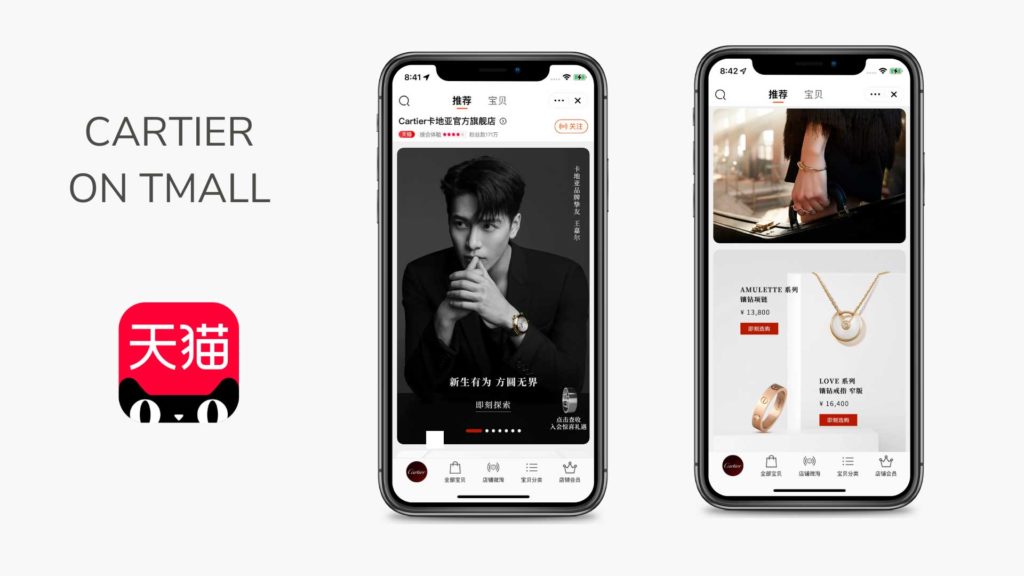
Givenchy
Givenchy worked with a variety of e-commerce platforms beyond just Tmall, including WeChat stores and JD.com. This multi-platform approach allowed them to reach more potential customers and diversify their revenue streams.
Givenchy also invested heavily in creating content specifically tailored for each platform, increasing engagement across all channels.
We Can Help You Reach Out to Chinese Luxury Consumers!
In conclusion, entering the luxury fashion market in China can be highly lucrative but also challenging for brands.
To enter into this lucrative but challenging market successfully requires a deep understanding and localization of one’s brand positioning and messaging. The use of online channels such as Baidu SEO optimization strategies alongside leveraging social media platforms like WeChat can help amplify reach further while targeting fashion-savvy individuals.


